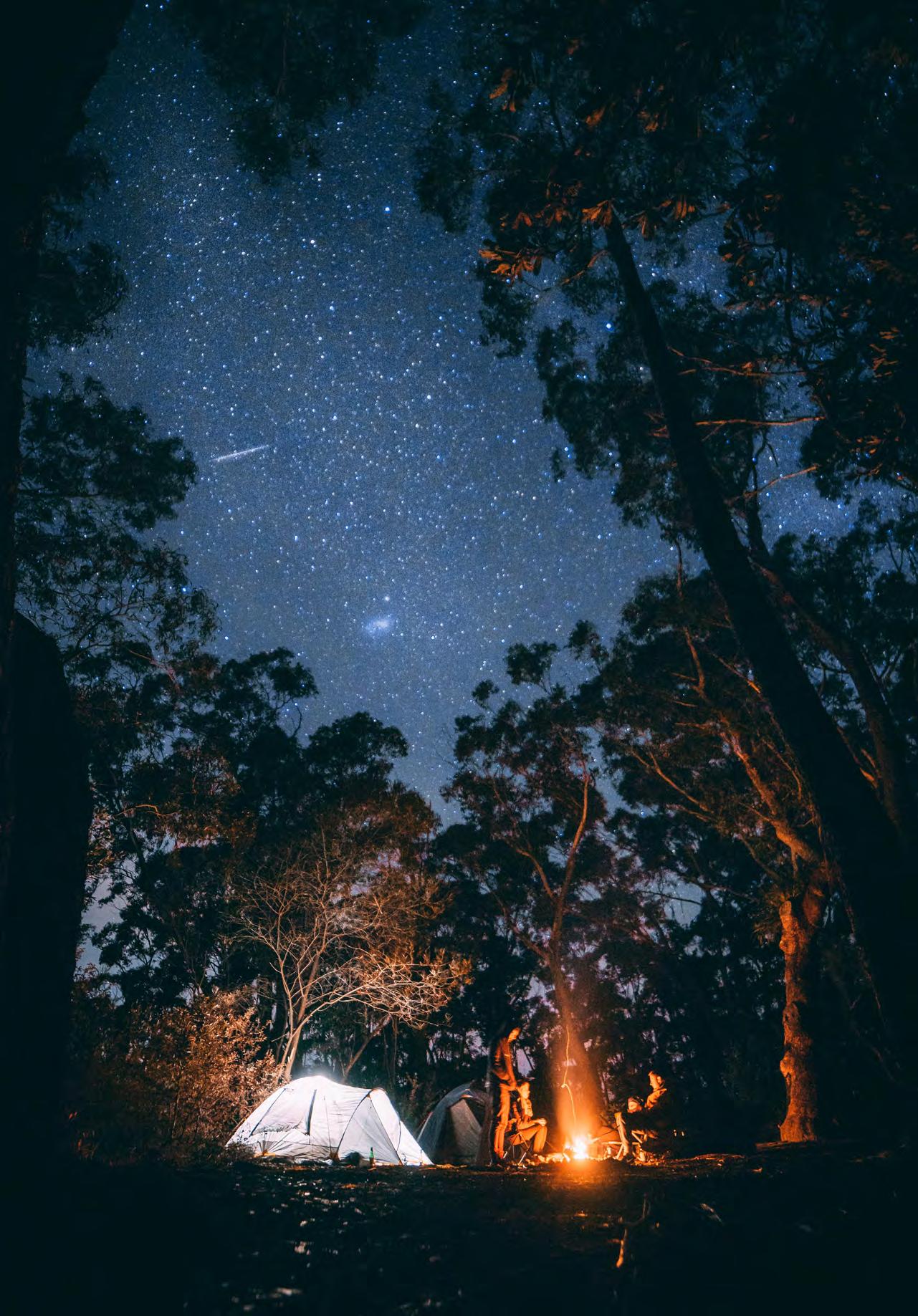
7 minute read
Make the Most of Your Getaway
Camping is the ultimate in outdoor family fun and is loaded with benefits for parents and kids alike. It provides adventure and unlimited opportunities to experience the great outdoors. It’s also an excellent way for kids to learn about nature, from plants and animals to the weather and skies. Historical landmarks and different regions offer lessons in history. And parents get a break from daily responsibilities of life and a little relaxation. Not to mention, it’s an affordable way for families to vacation.
What’s the best way to camp?
Advertisement
Your family can choose from a variety of camping options. If you love the experience of roughin’ it, pitch a tent, and haul the bare necessities. Tents come in many sizes and styles, some with dividers for separate sleeping quarters. When purchasing a tent, remember capacity doesn’t include luggage space. If you plan to keep belongings in your tent,
By Kimberly Blaker
Camping also helps keep other vacation expenses to a minimum. Many families prefer cooking over the campfire to eating out. Additionally, most outdoor camping activities are free or available for minimal cost.
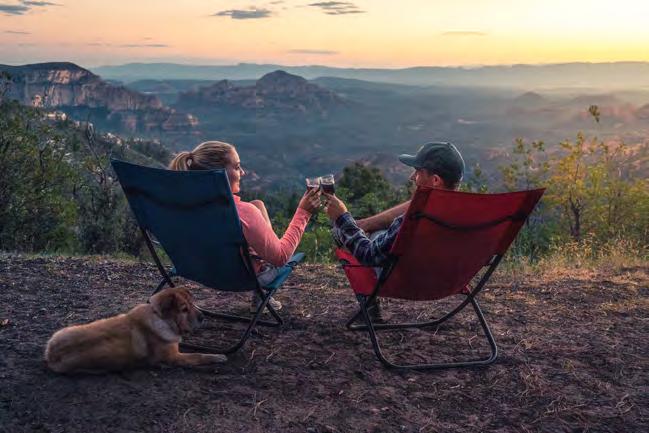
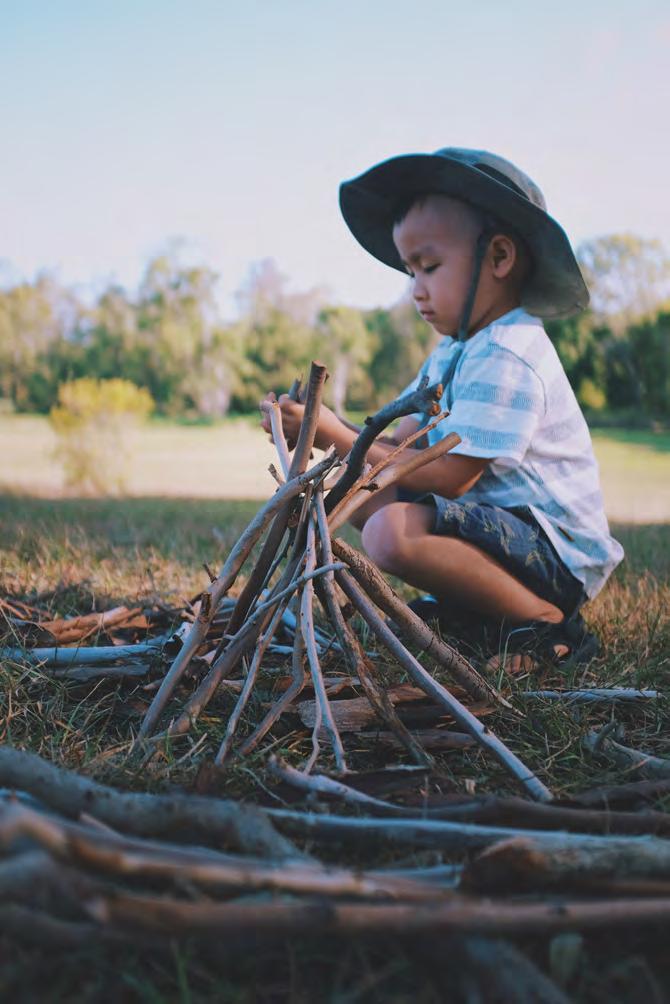

Don’t overlook the option of a cozy cabin in the woods. Cabin rentals are sometimes found at campgrounds or in national forests at cabin resorts. Cabins range from basic single room shelters containing only beds to completely furnished three or four room units, including kitchenettes. When reserving a cabin, ask what is supplied before you go so you’ll arrive prepared while avoiding unnecessary packing. And don’t forget to ask about electricity, lights, and water.
opt for a larger size. Most importantly, don’t forget padding or a blow-up mattress to insulate against the cold, hard ground.
If you like the idea of roughing it, yet want some of the comforts of home, a pop-up camper is the best of both worlds. The canvas sides and pullout sections of pop-ups are surrounded by screens and give the feeling of sleeping in the fresh outdoors. Pop-ups come in several sizes and often include an icebox or mini-refrigerator, heater, air conditioning, portable toilet, shower, kitchen sink, stove, cabinets and storage space, dining table, and other necessities.
Some families prefer going in style. Travel trailers and motor homes offer a luxurious nighttime retreat after a day of outdoor fun. The ease in loading and unloading these shelters is excellent for moving from campsite to campsite, making crosscountry camping less work. Motor homes and travel trailers often have a full-size kitchen, living room complete with sofa and chairs, and separate bedrooms for comfort and privacy.
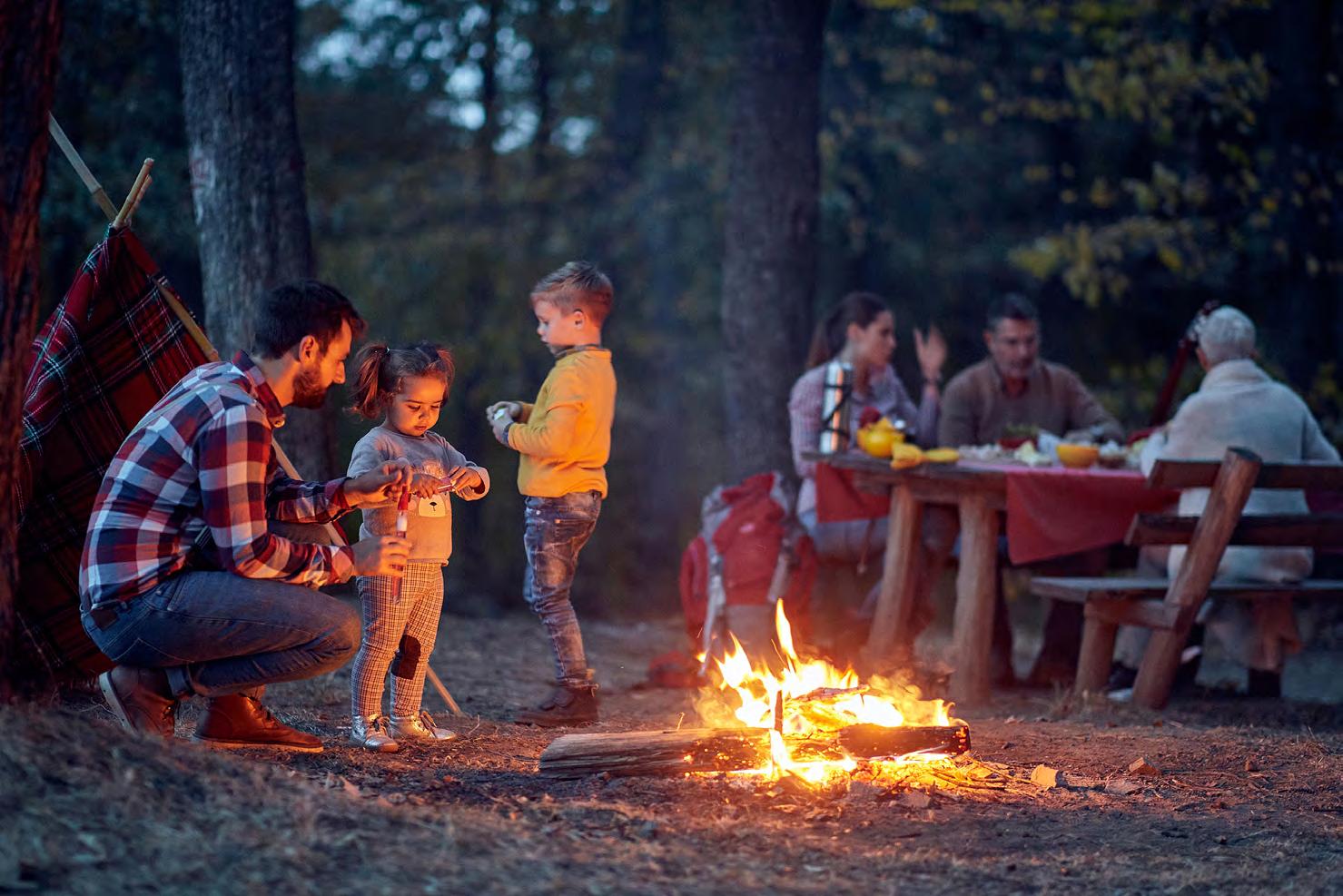
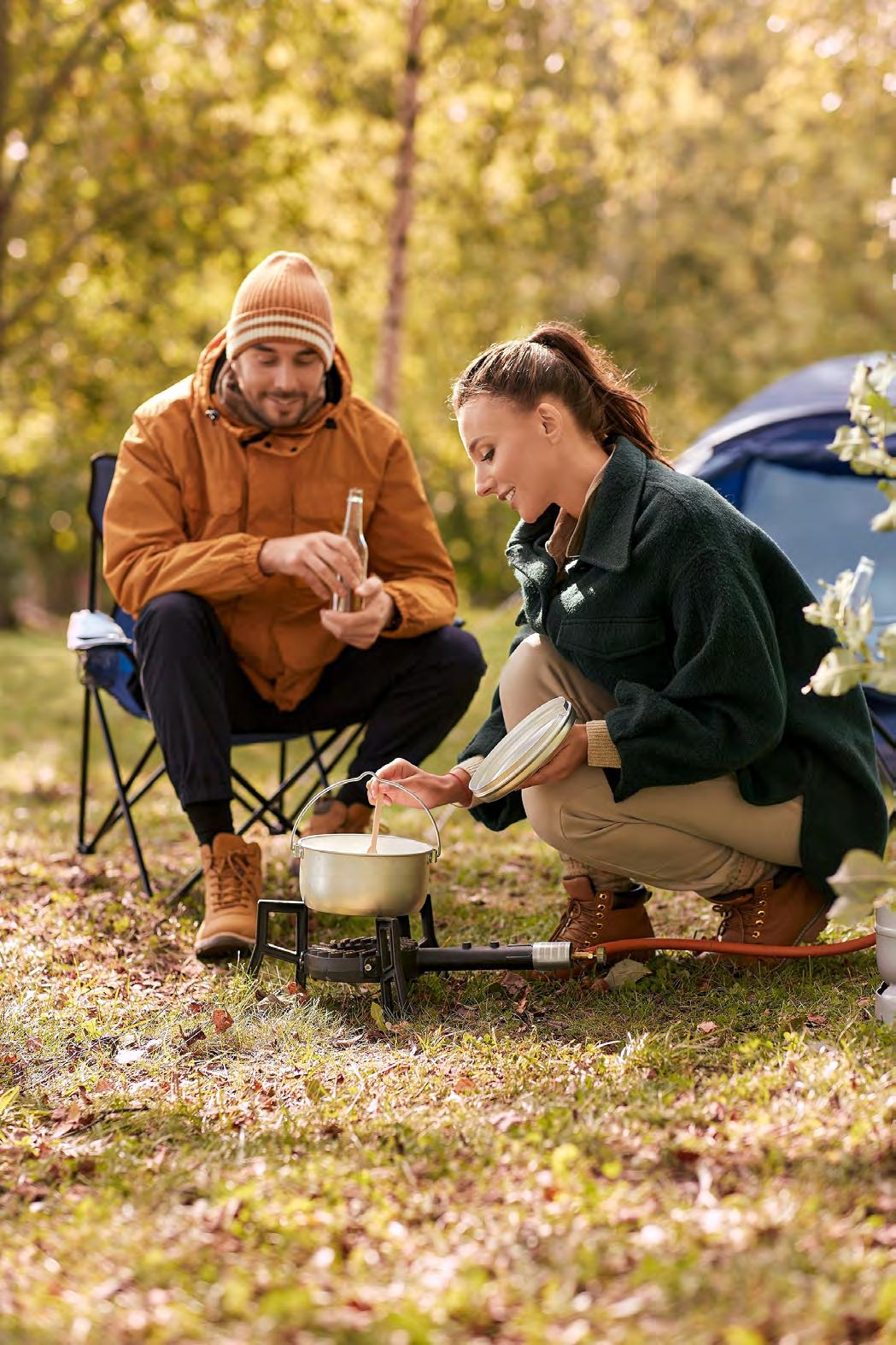

If you like the idea of roughing it, yet want some of the comforts of home, a pop-up camper is the best of both worlds. The canvas sides and pullout sections of pop-ups are surrounded by screens and give the feeling of sleeping in the fresh outdoors. Pop-ups come in several sizes and often include an icebox or mini-refrigerator, heater, air conditioning, portable toilet, shower, kitchen sink, stove, cabinets and storage space, dining table, and other necessities.
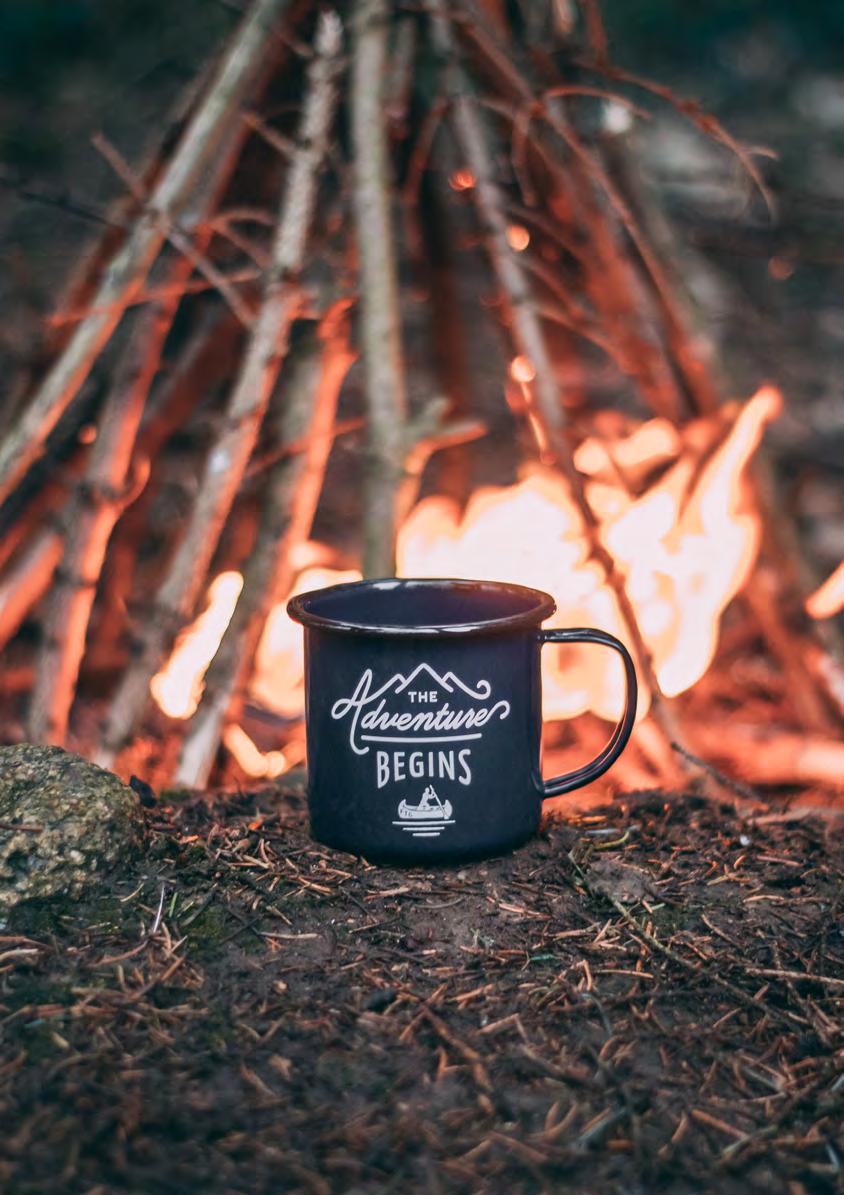
Don’t overlook the option of a cozy cabin in the woods. Cabin rentals are sometimes found at campgrounds or in national forests at cabin resorts. Cabins range from basic single room shelters containing only beds to completely furnished three or four room units, including kitchenettes. When reserving a cabin, ask what is supplied before you go so you’ll arrive prepared while avoiding unnecessary packing. And don’t forget to ask about electricity, lights, and water.
Experienced campers with older kids might try a hike-in shelter for a real wilderness experience. Check with state and national parks for shelters that are sometimes set up along extended trails. After a day of hiking, roll out your sleeping bags under one of these small shelters for a dry night’s sleep under the stars.
Camping costs
The cost of travel can make family vacations a rare treat. But the affordability of camping may allow for frequent getaways. Overnight fees range from a free night’s stay at some state park rustic sites (no showers, toilets, electricity, or water) to $50 or more per night at many of the top KOA and Jellystone Camp ParkResorts. These top of the line campgrounds are loaded with amenities from built-in swimming pools to live entertainment.
State park campgrounds vary from state to state. Still, these are often the best deal for families interested in experiencing all that nature has to offer. Fees for overnight accommodations in state parks typically range from $15 to $40. Many state parks have modern facilities, including flush toilets, showers, grassy or gravel sites, playgrounds, park stores for firewood and ice, and more. Furthermore, state parks frequently offer extensive wooded hiking or biking trails, natural wonders, historical sites, and more that isn’t found at private camp resorts.
Camping also helps keep other vacation expenses to a minimum. Many families prefer cooking over the campfire to eating out. Additionally, most outdoor camping activities are free or available for minimal cost.
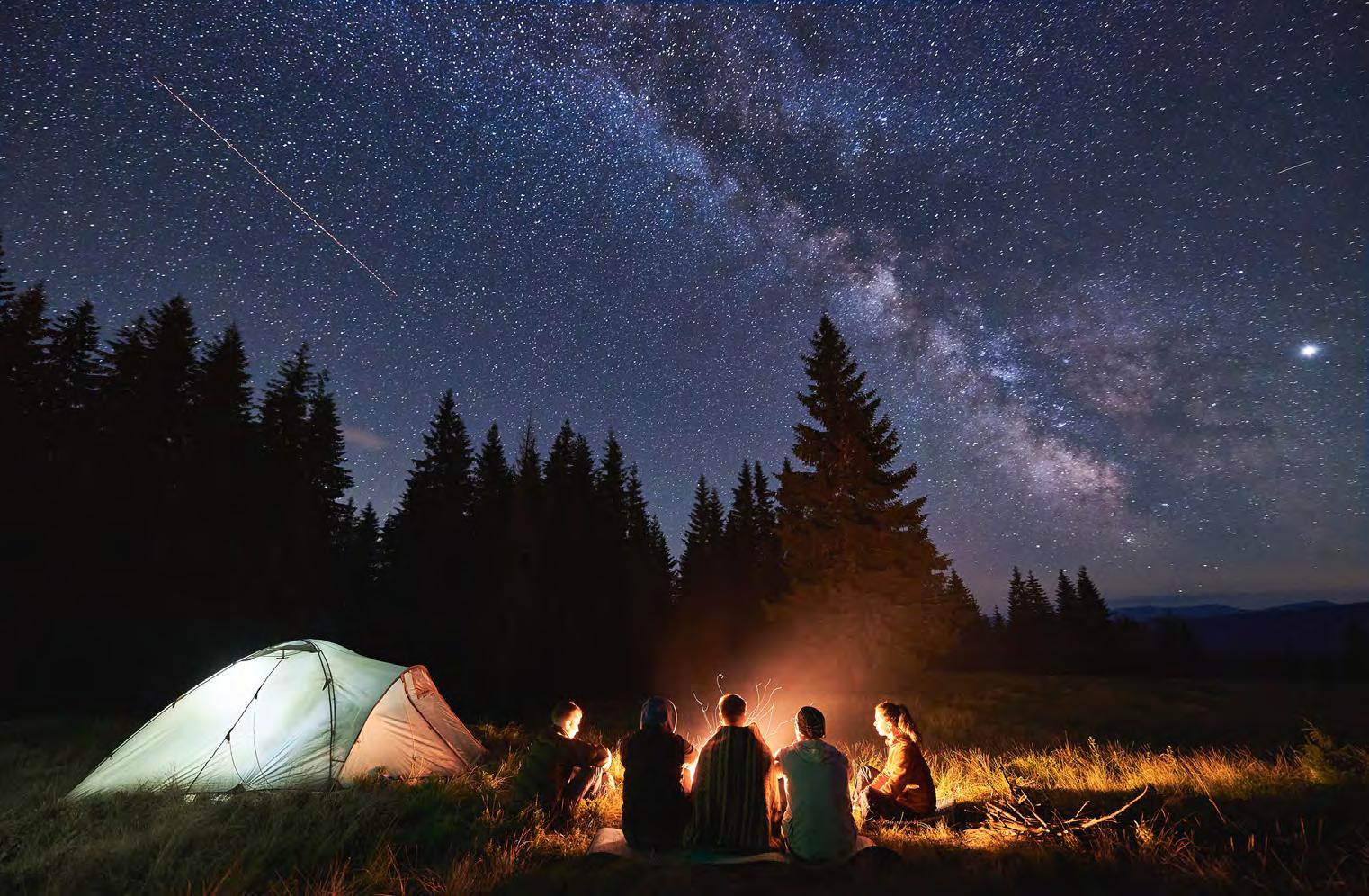
Fun camping activities
Whatever your family’s interests, there is plenty to see and do. Trails offer ample activities such as collecting rocks, leaves, or insects, scouting for wildlife, learning about plants and trees and practicing survival skills. You can also go on hiking excursions, mountain biking, and horseback riding.
Lakes, ponds, rivers, and streams offer fishing, swimming, row boating or canoeing, sunbathing, and more.
Wildlife viewing is often a highlight. Look for animals early in the morning or at dusk on dirt roads and trails, in open fields surrounded by woods, and near water. Be patient, walk slowly and quietly, and don’t forget binoculars.
Other activities include nature programs, nature centers, and historical sites, flying kites, rollerblading or bicycling on paved trails, and more.
When you’re ready to relax, light a campfire, and enjoy reading or storytelling, play cards or board games, watch the sunset, stargaze, and roast marshmallows.
Your family can choose from a variety of camping options. If you love the experience of roughin’ it, pitch a tent, and haul the bare necessities. Tents come in many sizes and styles, some with dividers for separate sleeping quarters. When purchasing a tent, remember capacity doesn’t include luggage space. If you plan to keep belongings in your tent, opt for a larger size. Most importantly, don’t forget padding or a blow-up mattress to insulate against the cold, hard ground.
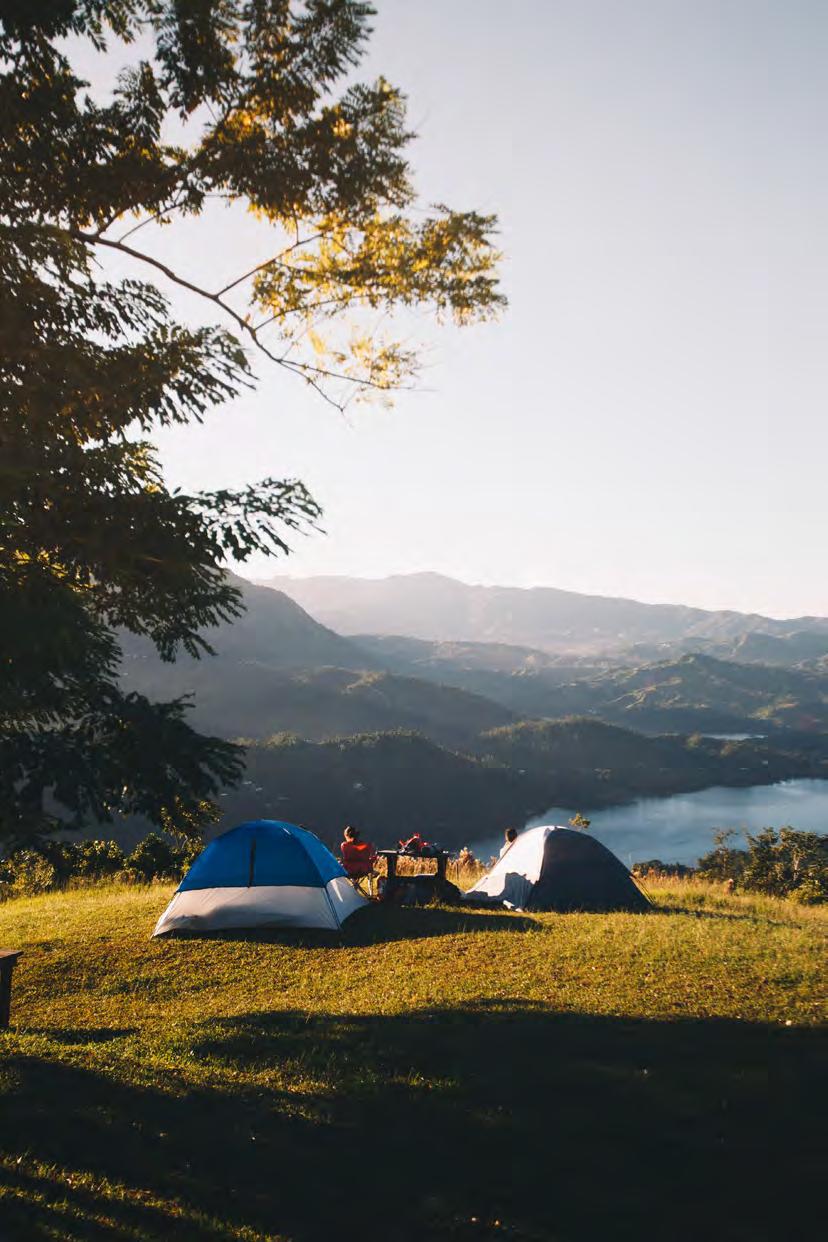
What to take
Buy a couple of large plastic totes with lids to carry and store your camping supplies. The following are some of the basics you’ll want to take.
• Reusable plastic cups (labeled to save on washing)
• Silverware
• Plates and bowls
• Paper towels, food storage bags, and tinfoil
• A cooking source such as a one or two-burner stove
• An aluminum pot and skillet
• Cooking utensils and can opener
• Coffee pot
• Tablecloth
• Ice chest, food, and drinks
• Drinking water and large water container
• Dish soap and dishcloths
• Insect repellent and sunscreen
• Folding chairs
• Backpack
• Radio, flashlight, and batteries
• Lantern and matches
• Firewood (unless available near your campground)
• Knife and hatchet
• Rope and twine
• First-aid kit
• Sleeping bags, blankets, and pillows
• Air mattress or padding
• Personal hygiene items and toilet paper
• Towels and washcloths
• Bikes, rollerblades, balls, fishing, and other sports equipment
• Camera and binoculars
• Clothing for all types of weather, rain gear, and walking shoes or hiking boots
What not to take
Don’t get carried away with packing, or camping will become a chore. Make a list, then weed out items you don’t really need. Portable televisions detract from outdoor fun, so leave yours at home.
Camping is the ultimate in outdoor family fun and is loaded with benefits for parents and kids alike. It provides adventure and unlimited opportunities to experience the great outdoors. It’s also an excellent way for kids to learn about nature, from plants and animals to the weather and skies. Historical landmarks and different regions offer lessons in history. And parents get a break from daily responsibilities of life and a little relaxation. Not to mention, it’s an affordable way for families to vacation.
Think it through before taking your pet. Some campgrounds don’t allow pets, and even if they do, pets cannot be left unattended. A pet can hinder many activities, including beaches, where dogs often aren’t allowed.
Easy camp foods
There are many ways to cook. Buy a gas or liquid fuel camping stove. If electricity is available, a crockpot or electric griddle works well. You can also carry a charcoal or small gas grill or cook over an open fire.
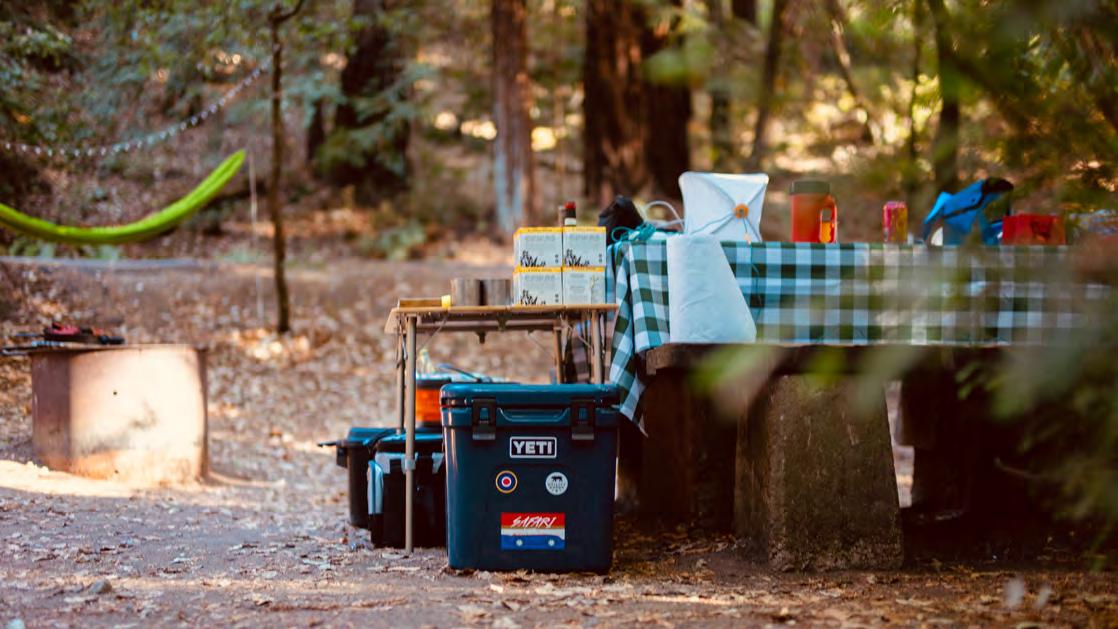
Keep meals simple to minimize packing, preparation, and clean up. Easy choices include hamburgers, hot dogs, chicken, steak, sandwiches, eggs, bacon, sausage, crockpot meals, sweet corn, baked potatoes, canned foods such as baked beans, tuna, chicken, spaghetti, ravioli, and soup, fresh fruit, vegetables and dip, bagels, English muffins, cereal, fruit juice, and hot cocoa.
On the other hand, if you enjoy cooking and tasty meals are one of the highlights for your family, then make the most of mealtime. With all the options for cooking, you can easily enjoy a gourmet feast.
Camping tips
Camping is often a learn-as-you-go experience. But the following can alleviate hassles and keep your family safe.
Protect your food from animals and animals from your food by blocking access. Animals can find their way into nearly anything. Raccoons are known to lift lids right off coolers to snatch hot dogs and other treats. A cooler that latches is usually a safe bet. Any food that isn’t tightly contained should be stored in your vehicle overnight. Poor weather can strike at any time, and insect infestations can also make for a miserable experience. Make additional shelter such as a screen tent or tarps and rope part of your camping gear.
Arrive at your camp destination ahead of the crowd. Every campsite is unique, and early arrival can assure a site that satisfies your needs.
When selecting a site, look for proximity to restrooms, the playground, electricity, and water. If you have young kids, make sure the site isn’t close to a river or lake. The amount of shade you’ll want may depend on the weather forecast. To avoid mud in the event of rain, choose a grassy or rock site. Also, stay away from a site that backs up to outhouses, which can smell in the heat and wind.
Know what animals are found in the area and teach your kids animal safety. Wild animals usually want to avoid humans as much as we want to avoid them. Still, they can pose risks. In the West, mountain lions have been known to snag children and even small women. In bear country, those accustomed to people sometimes get too close and result in injury. Even small animals that feel threatened may attack. ALM
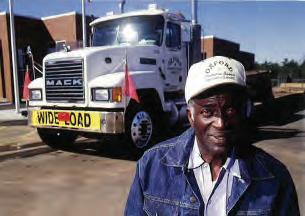
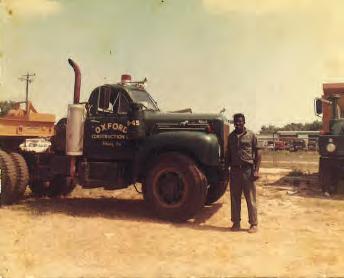

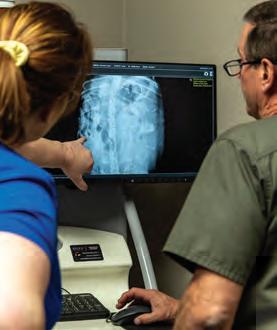
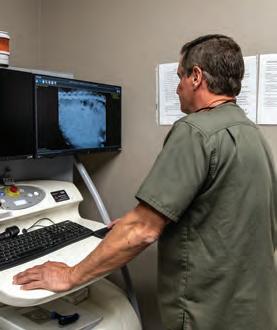
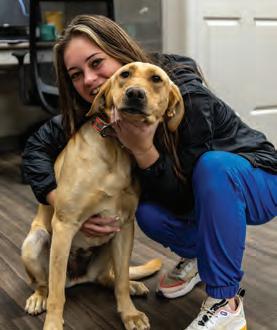
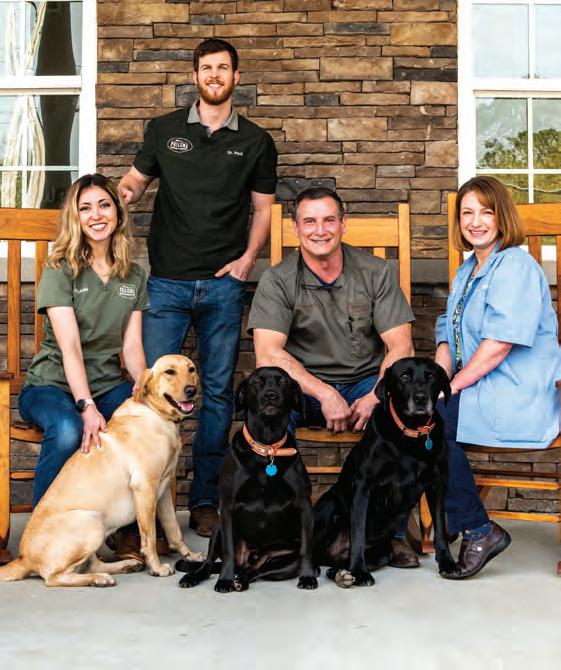
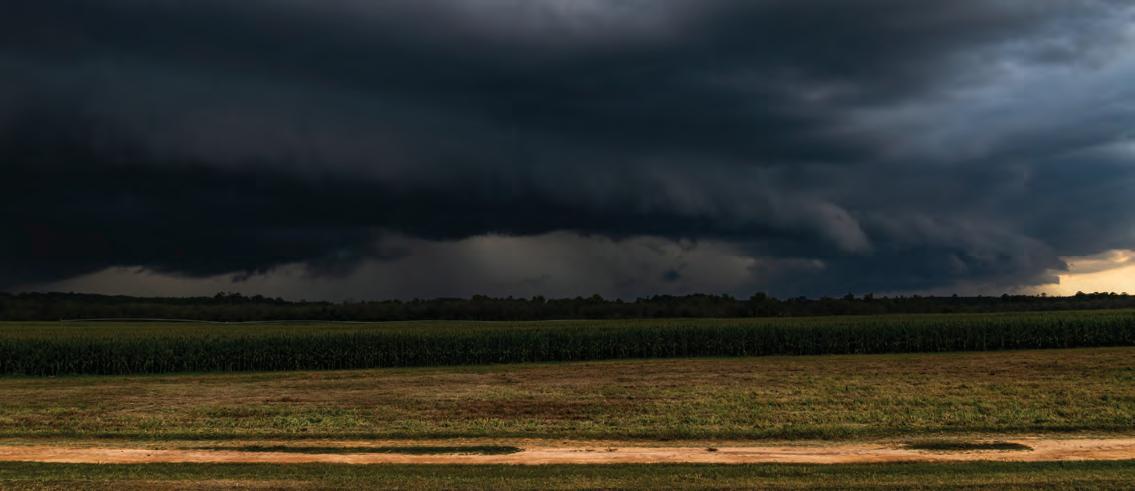
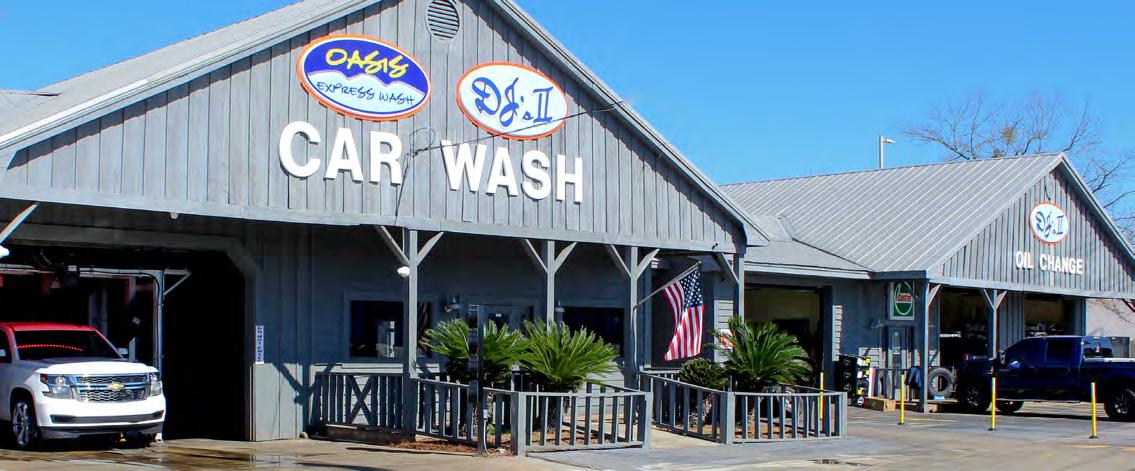
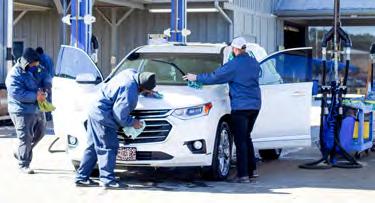
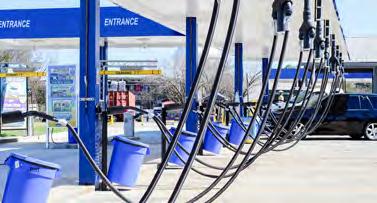
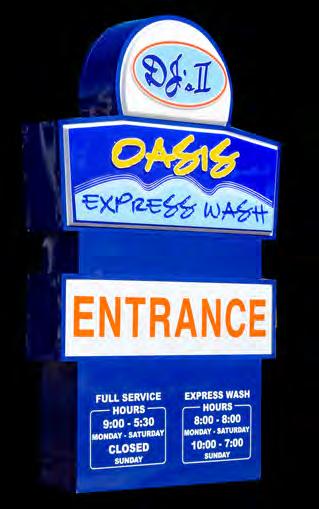
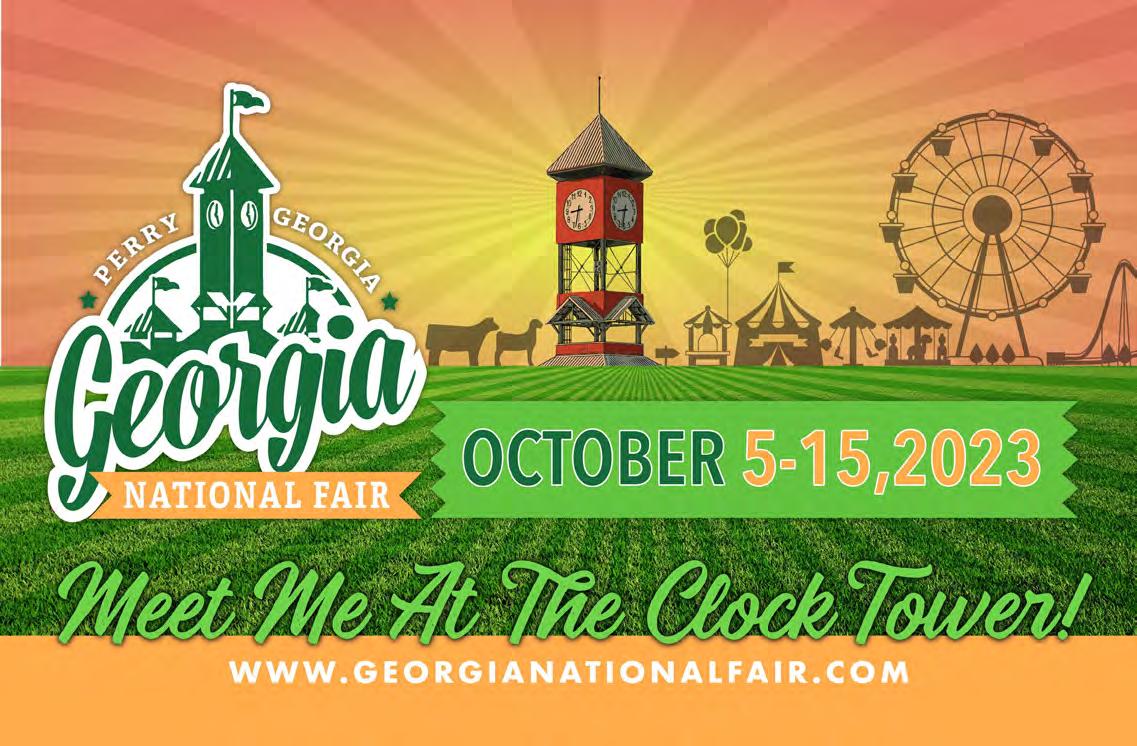
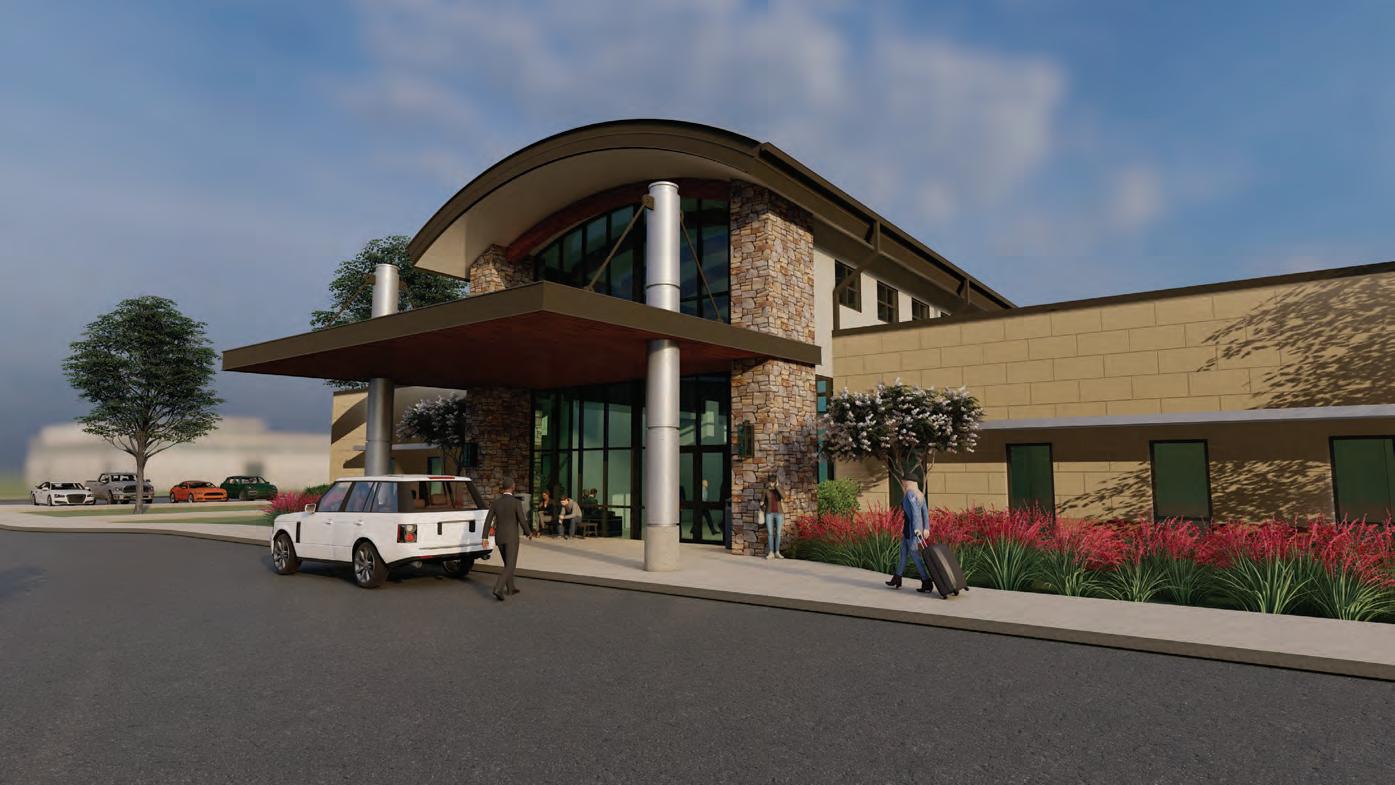
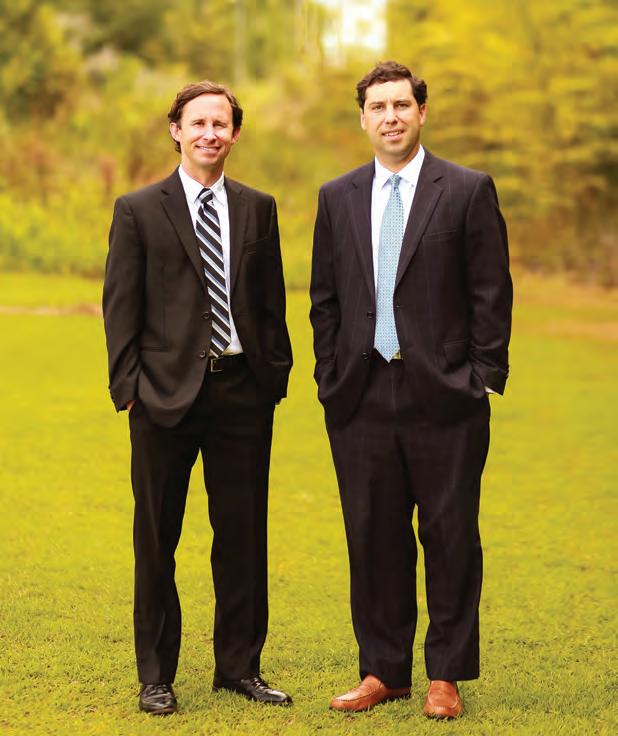






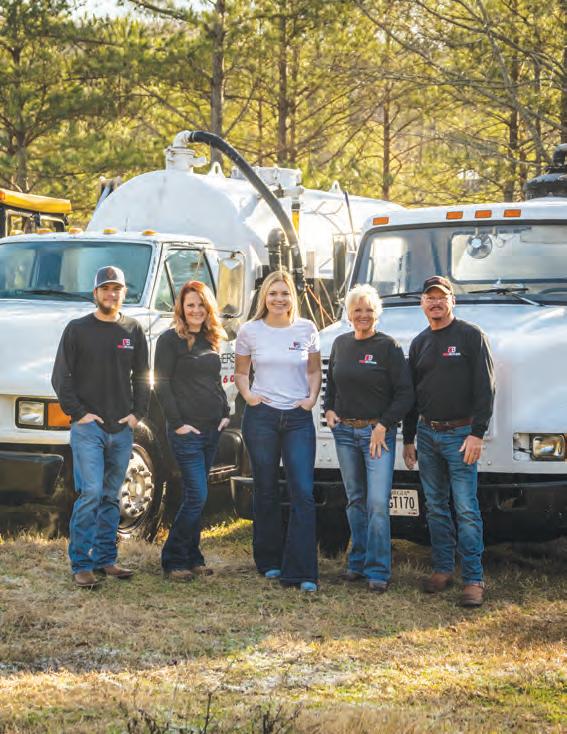
Please thank our sponsors for making this publication possible!











